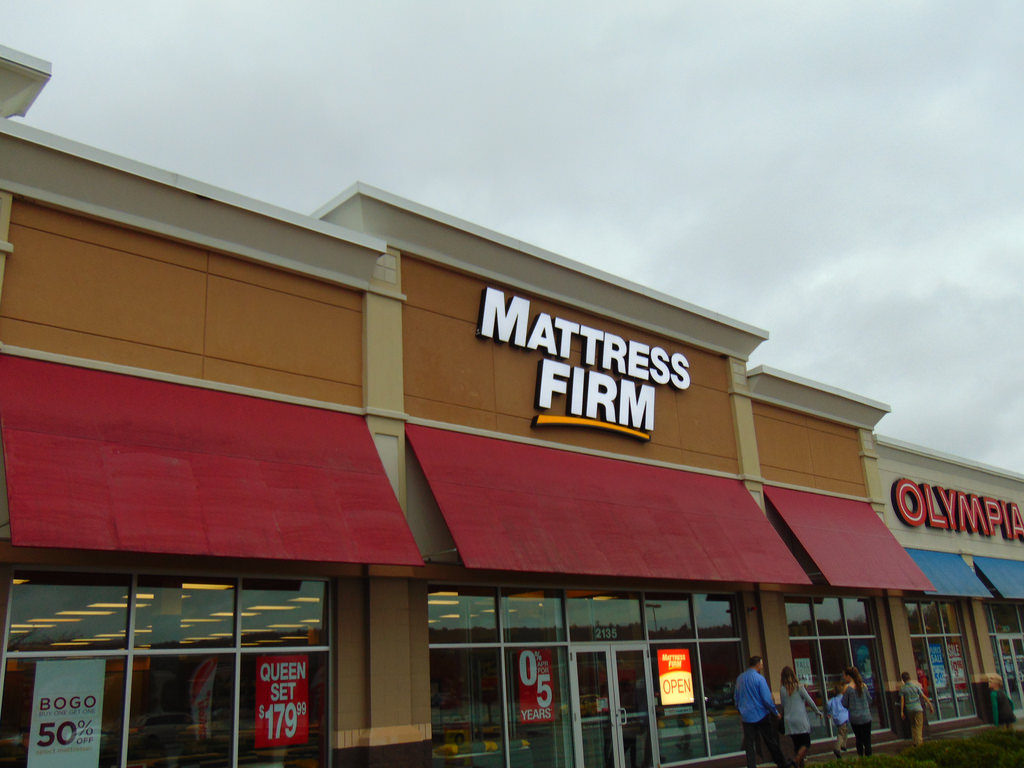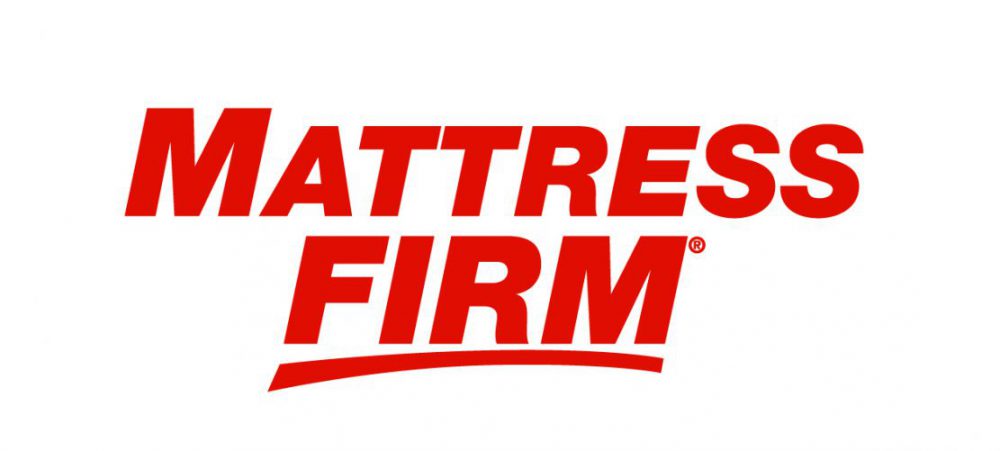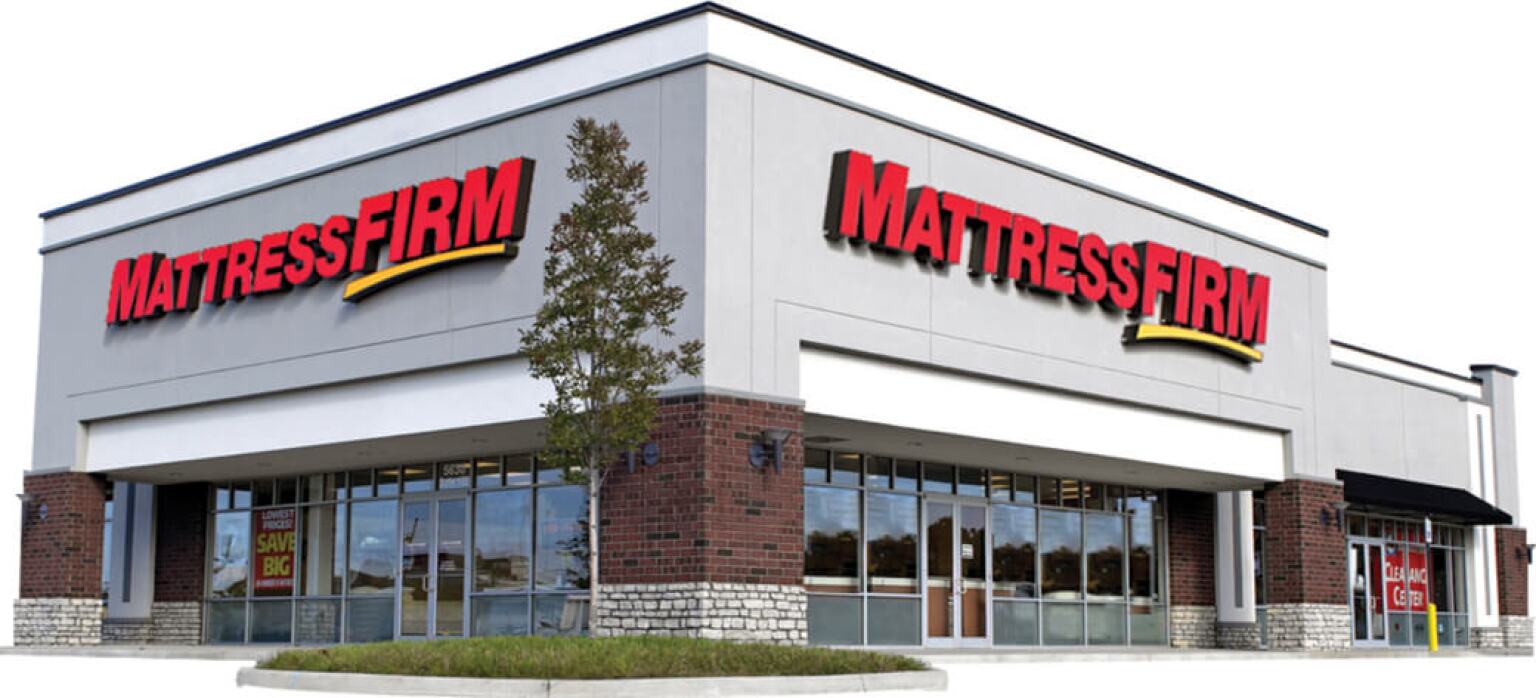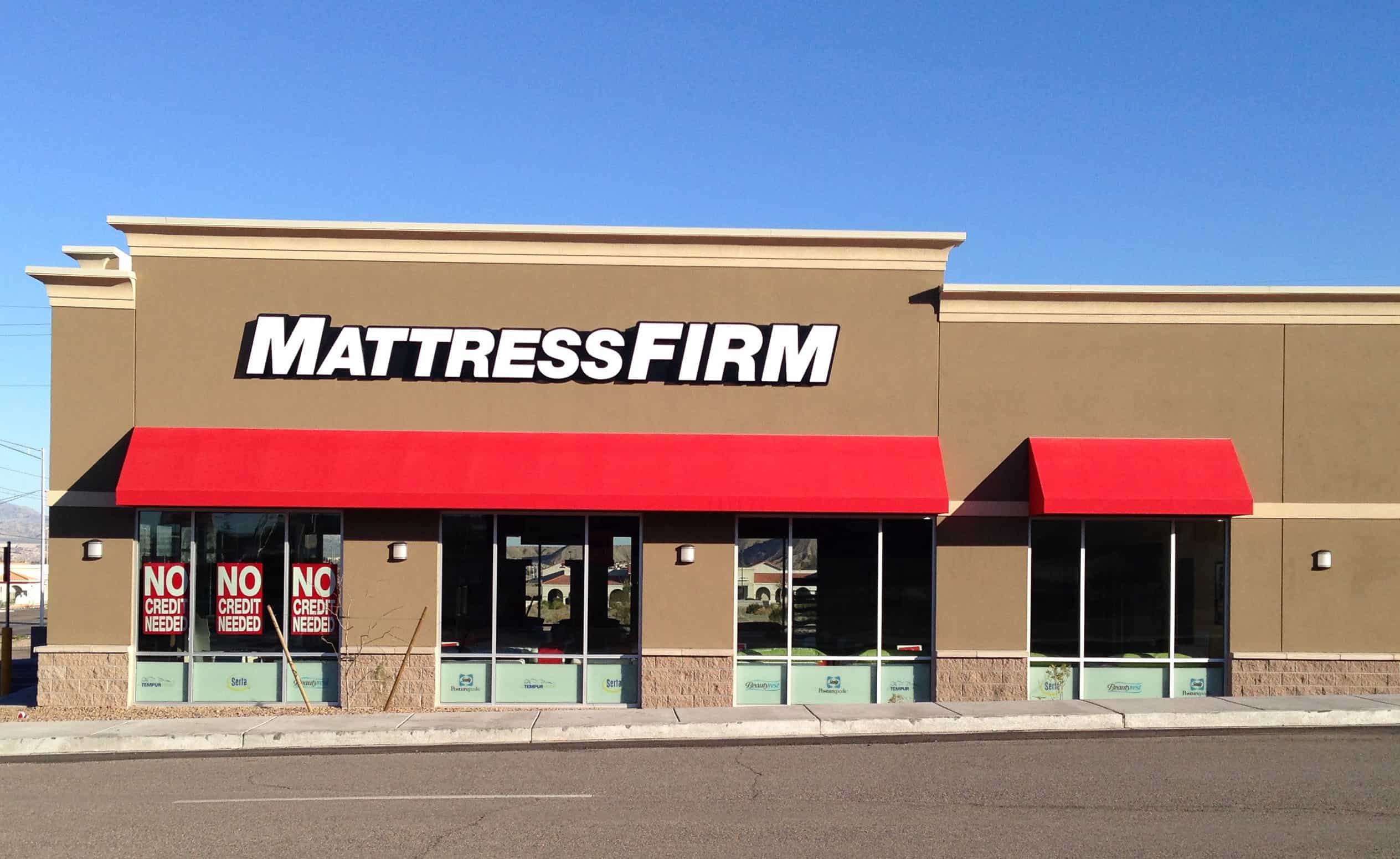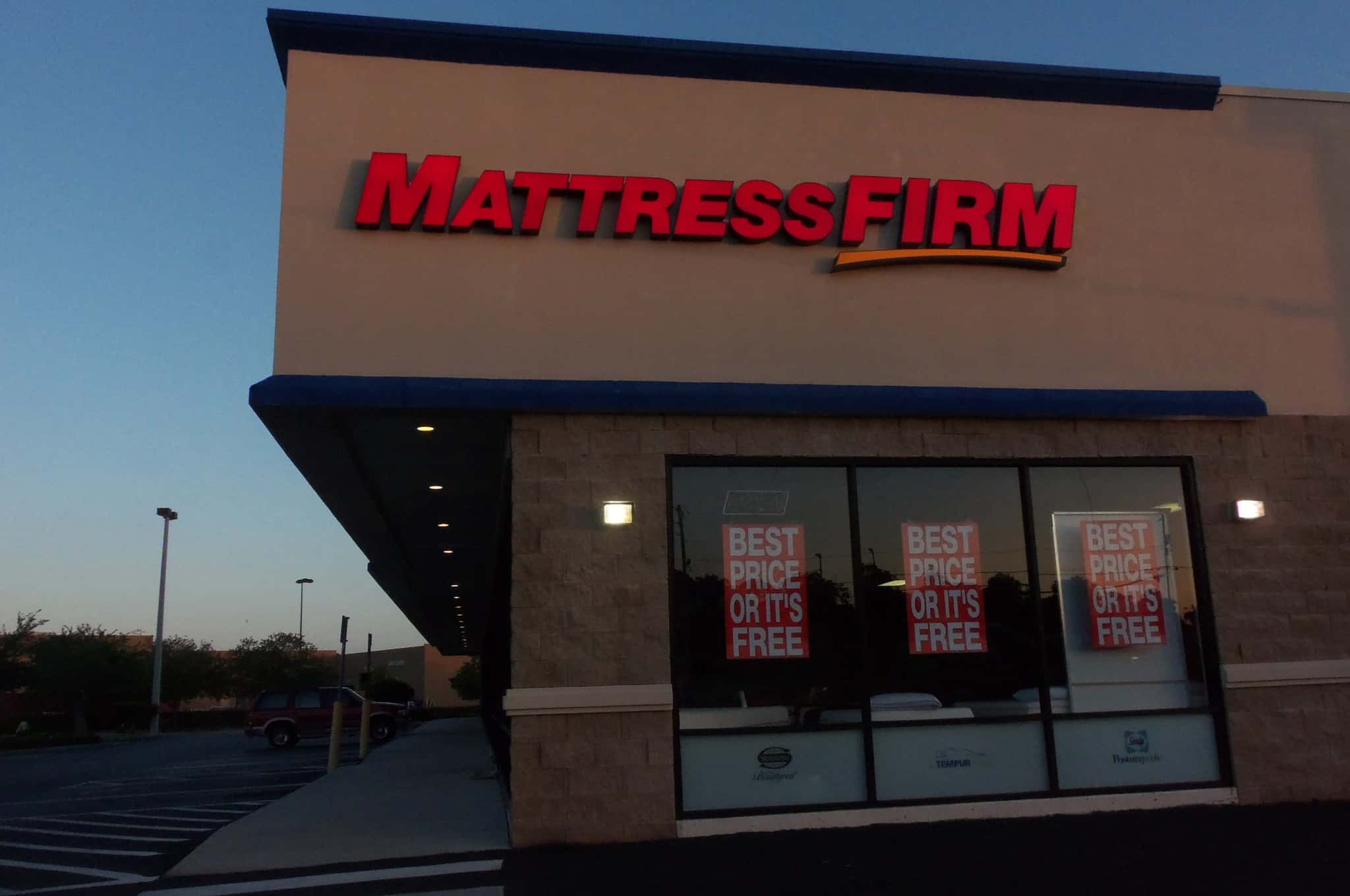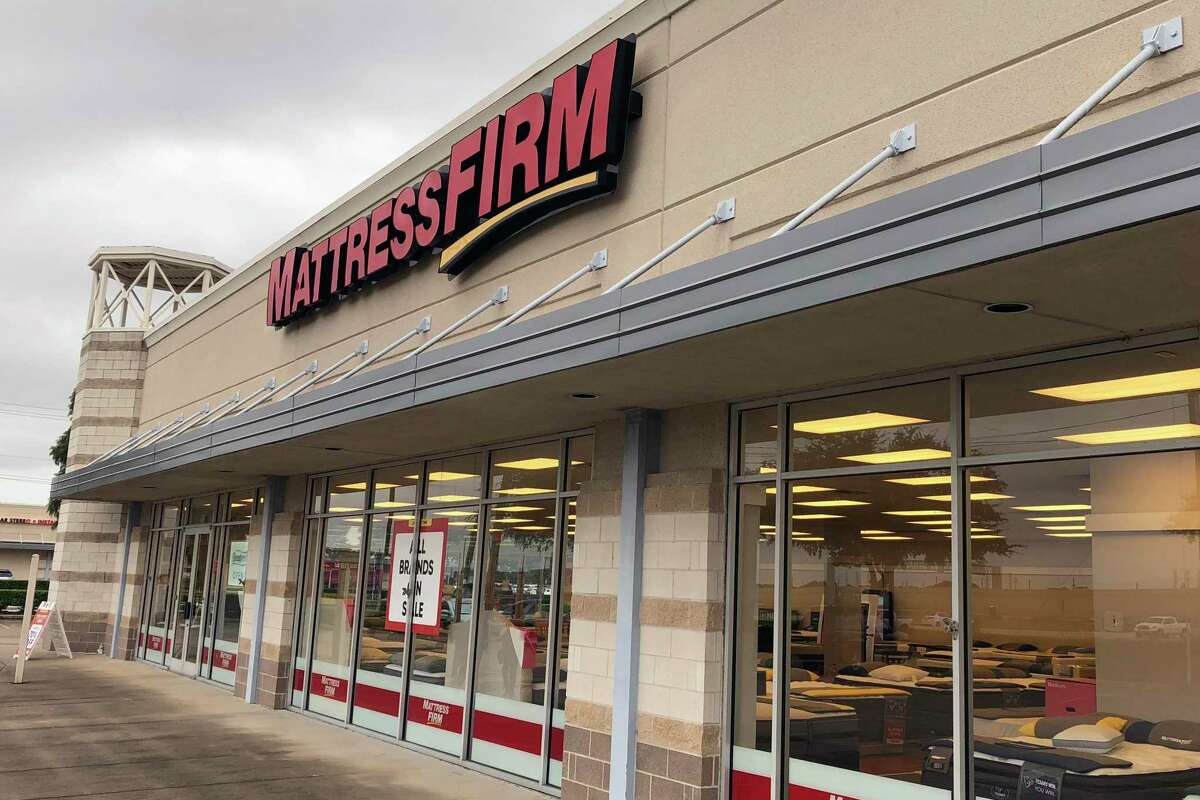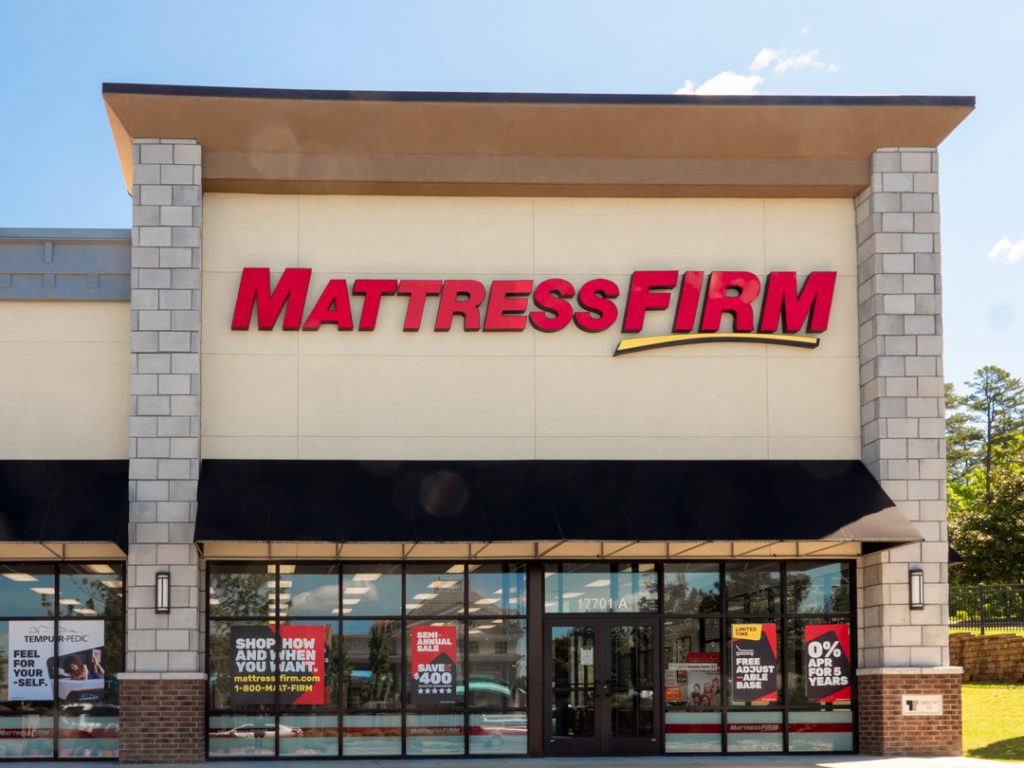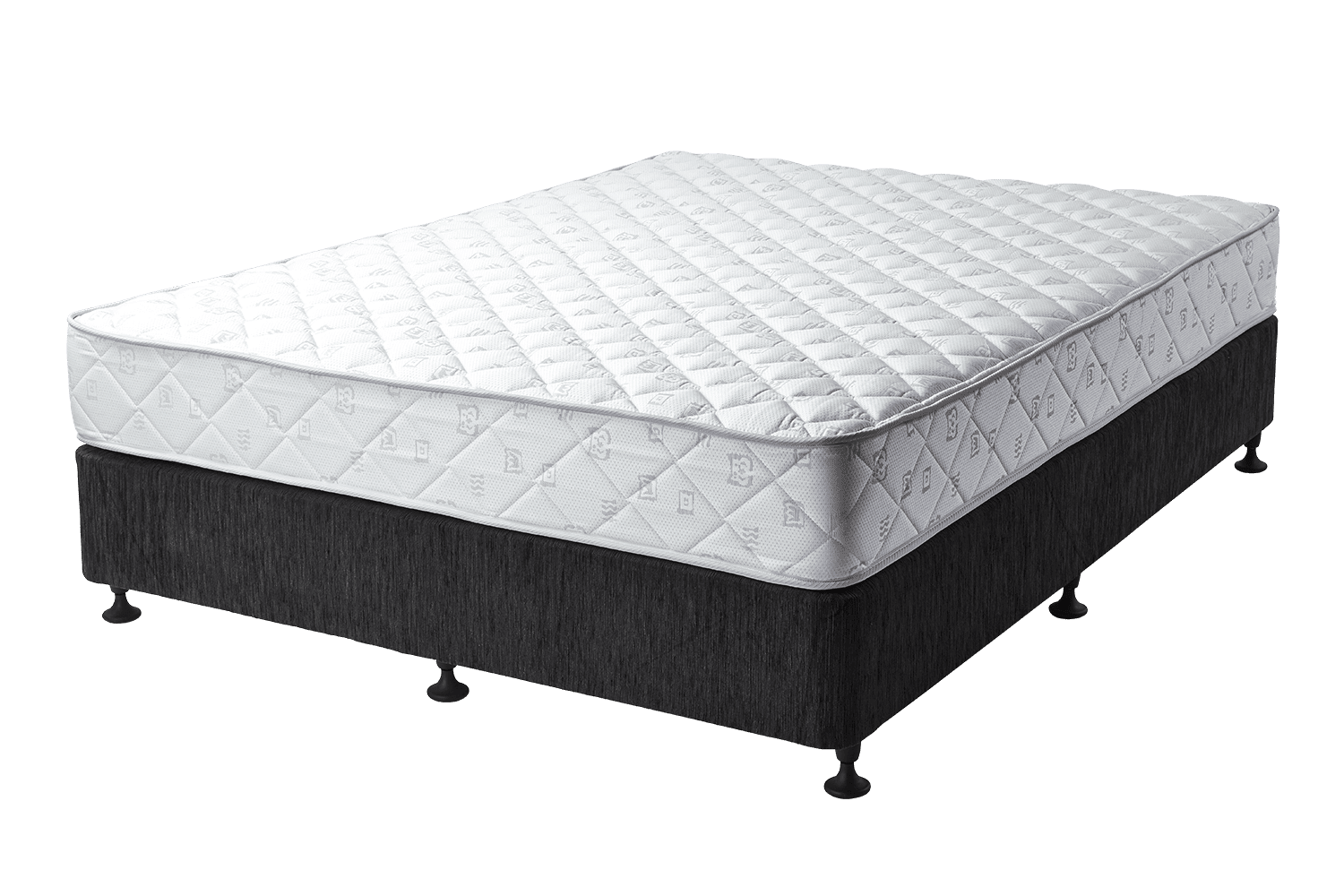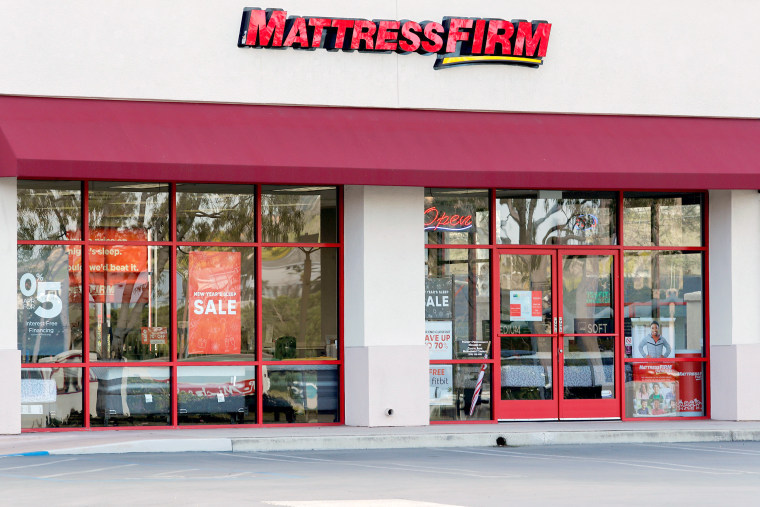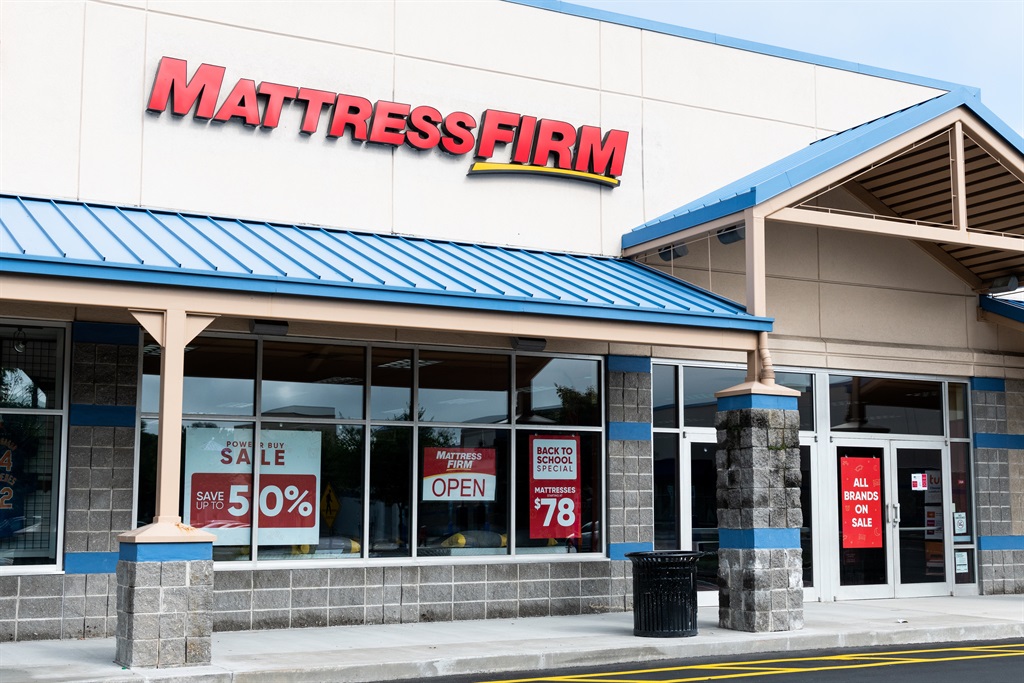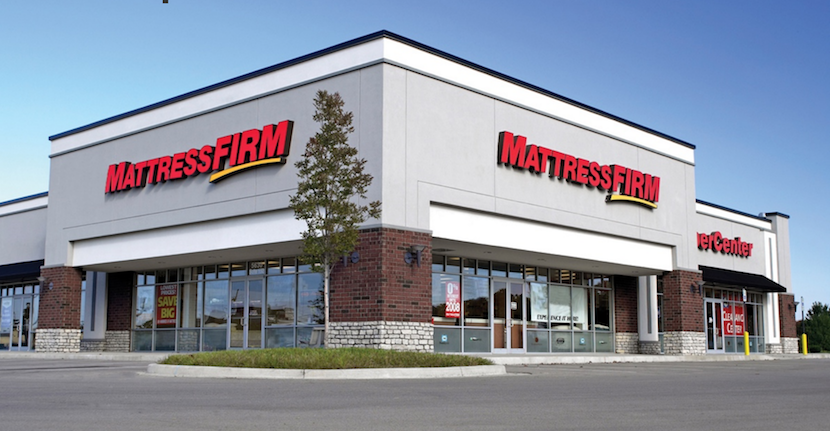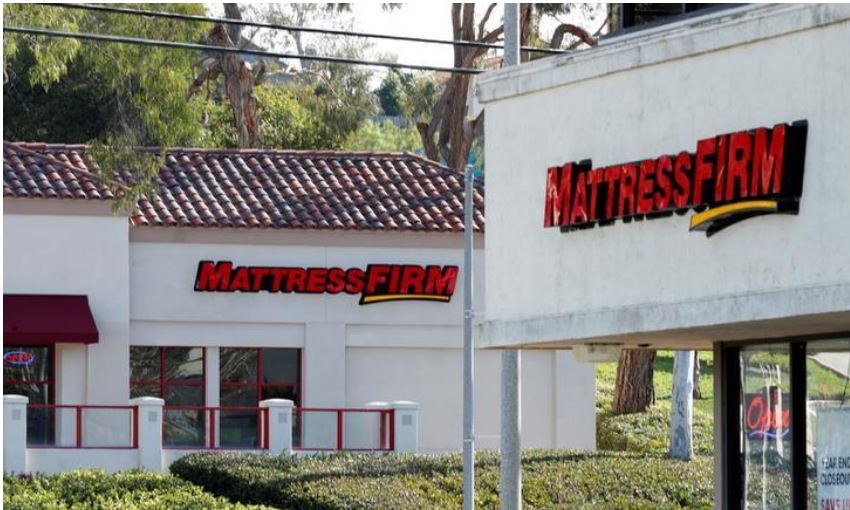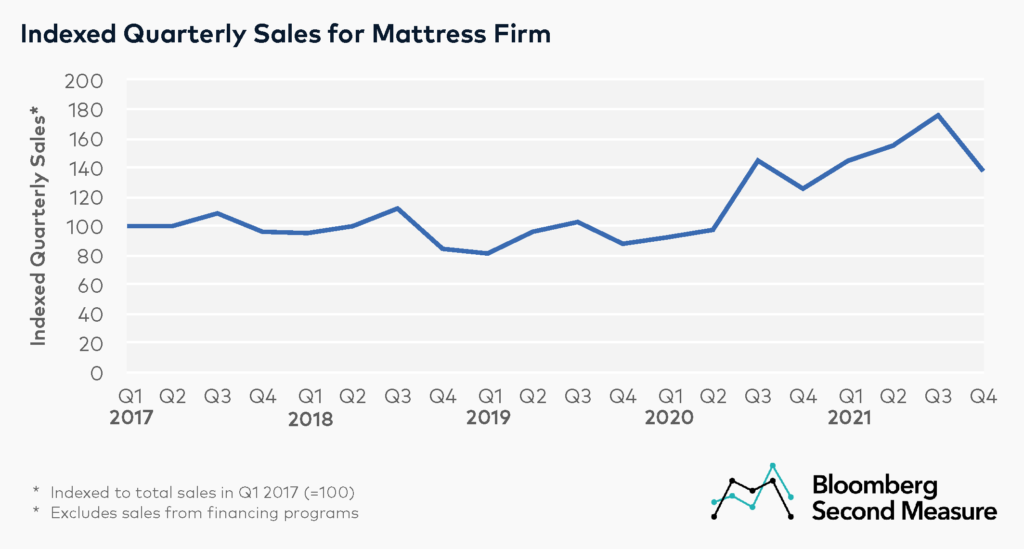Mattress Firm, the largest mattress retailer in the United States, made headlines in 2018 when it filed for Chapter 11 bankruptcy. This move came as a shock to many, as the company had been a household name for decades and had over 3,000 stores across the country. The bankruptcy filing was a result of the company's overwhelming debt and declining sales, which had been a growing concern for some time. The bankruptcy filing was a major blow to Mattress Firm's reputation and caused a lot of uncertainty for its customers and employees. Many wondered what would happen to the stores and their warranties, as well as the jobs of the employees. The company assured customers that their warranties would still be honored and that the restructuring would not affect their shopping experience.Mattress Firm's Bankruptcy Filing
The financial troubles that ultimately led to Mattress Firm's bankruptcy filing were not a sudden occurrence. In the years leading up to the filing, the company had been struggling with declining sales and increasing competition from online retailers. Its heavy debt load, which was a result of its aggressive expansion efforts, also put a strain on its finances. Despite these challenges, Mattress Firm tried to stay afloat by closing underperforming stores and cutting costs. However, these efforts were not enough to turn things around, and the company was forced to take drastic measures to avoid complete collapse.Mattress Firm's Financial Troubles
As part of its restructuring plan, Mattress Firm announced that it would be closing approximately 700 of its stores. This was a necessary step to reduce costs and focus on its most profitable locations. The store closures were also a way for the company to address its oversaturated market presence, as it had multiple stores in some areas. While the store closures were a sign of the company's financial troubles, they also presented an opportunity for competitors to expand their presence in the market. Online retailers like Casper and Purple, as well as brick-and-mortar stores like Sleep Number, saw this as a chance to gain more customers.Mattress Firm's Store Closures
The restructuring plan that Mattress Firm implemented as part of its bankruptcy filing aimed to reduce its debt and improve its financial stability. This included closing stores, renegotiating leases, and seeking financing from its parent company, Steinhoff International. The company also announced that it would be investing in its online presence and launching a new marketing campaign to attract more customers. This was a strategic move to compete with online retailers and stay relevant in an increasingly digital world.Mattress Firm's Restructuring Plan
In the midst of the company's financial troubles and bankruptcy filing, Mattress Firm's CEO, Ken Murphy, announced his resignation. Murphy had been with the company for over a decade and had been instrumental in its growth and expansion efforts. He cited personal reasons for his departure, but many speculated that it was due to the company's struggles. Following Murphy's resignation, Steve Stagner, the company's former CEO, returned to lead Mattress Firm through its restructuring process. Stagner had previously stepped down from his role in 2016 but remained with the company as its executive chairman.Mattress Firm's CEO Resignation
In addition to its financial troubles, Mattress Firm also faced multiple lawsuits during this time. One of the most notable was a class-action lawsuit filed by its franchisees, who accused the company of charging them excessive fees and not providing adequate support. Mattress Firm denied these allegations and settled the lawsuit for an undisclosed amount. The company also faced a lawsuit from a competitor, Tuft & Needle, which claimed that Mattress Firm had engaged in false advertising and anti-competitive behavior. This lawsuit was eventually dismissed, but it added to the negative publicity surrounding Mattress Firm during this time.Mattress Firm's Lawsuits
One of the main factors that led to Mattress Firm's financial troubles was its declining sales. The company had been experiencing a decline in sales for several years, which was attributed to increased competition, changing consumer preferences, and the rise of online shopping. Despite offering discounts and promotions, Mattress Firm was unable to keep up with its competitors, especially online retailers who were able to offer lower prices and more convenience. This decline in sales ultimately led to the company's bankruptcy filing.Mattress Firm's Sales Decline
In 2016, Mattress Firm was acquired by Steinhoff International, a South African retail conglomerate. The acquisition was a part of Mattress Firm's expansion strategy, but it also added to the company's debt load. Steinhoff's own financial troubles, which came to light in 2017, also had a significant impact on Mattress Firm's finances. The bankruptcy filing allowed Mattress Firm to restructure its debt and seek financial support from Steinhoff to continue its operations. However, the acquisition also raised concerns about the company's future and its ability to compete in the market.Mattress Firm's Acquisition by Steinhoff
In an effort to revamp its product offerings and attract more customers, Mattress Firm announced a partnership with online mattress company Purple in 2018. This partnership allowed Mattress Firm to sell Purple's popular hybrid mattresses in its stores, giving customers more options to choose from. This partnership was also a strategic move for Mattress Firm to tap into the growing demand for online mattresses and reach a younger, tech-savvy audience. It was a way for the company to adapt to the changing market and stay relevant in the industry.Mattress Firm's Partnership with Purple
As part of its efforts to bounce back from its bankruptcy filing and regain customers' trust, Mattress Firm announced a rebranding campaign in 2019. This included a new logo, store designs, and a focus on customer experience. The company also made changes to its product offerings, introducing new brands and exclusive collections to differentiate itself from its competitors. These efforts were aimed at improving the company's image and attracting new customers to its stores.Mattress Firm's Rebranding Efforts
Mattress Firm: The One-Stop Shop for Your Bedding Needs

Transforming Your House into a Comfortable Home
 When it comes to designing your dream home, one of the most important factors to consider is the comfort and functionality of your bedroom. After all, it is the place where you start and end your day, and a good night's sleep is essential for your overall well-being. This is where
Mattress Firm
comes in, offering a wide range of high-quality
mattresses
,
bed frames
, and
bedding accessories
to help you create the perfect sleeping environment.
With over 3,500 locations nationwide,
Mattress Firm
has become a household name in the bedding industry. Their large selection of
mattresses
includes top brands such as
Sealy, Serta, Tempur-Pedic
, and more, ensuring that every customer can find the perfect fit for their needs and preferences. From memory foam to innerspring,
Mattress Firm
has it all.
But
Mattress Firm
is more than just a retailer of
mattresses
. They also offer a variety of
bed frames
and
bedding accessories
to complete your bedroom setup. From stylish
platform beds
to
adjustable bases
that provide customizable comfort,
Mattress Firm
has options for every style and budget. And with their wide selection of
pillows
,
sheets
, and
mattress protectors
, you can ensure that your bed is not only comfortable but also clean and hygienic.
What sets
Mattress Firm
apart from other bedding retailers is their commitment to customer satisfaction. Not only do they offer a
120-night sleep trial
for their
mattresses
, but they also have a
low price guarantee
, ensuring that you get the best deal possible. Plus, their knowledgeable and friendly staff are always ready to assist you in finding the perfect bedding solutions for your specific needs.
In recent news,
Mattress Firm
has been making headlines for their efforts to give back to the community. From donating
mattresses
to those in need to partnering with local charities,
Mattress Firm
is dedicated to making a positive impact beyond just selling bedding products.
In conclusion, if you want to transform your house into a comfortable home,
Mattress Firm
is the go-to destination for all your bedding needs. With their vast selection of high-quality
mattresses
,
bed frames
, and
bedding accessories
, excellent customer service, and commitment to giving back, you can trust
Mattress Firm
to help you create the perfect sleeping environment for a good night's rest. Visit one of their locations or shop online today to experience the
Mattress Firm
difference.
When it comes to designing your dream home, one of the most important factors to consider is the comfort and functionality of your bedroom. After all, it is the place where you start and end your day, and a good night's sleep is essential for your overall well-being. This is where
Mattress Firm
comes in, offering a wide range of high-quality
mattresses
,
bed frames
, and
bedding accessories
to help you create the perfect sleeping environment.
With over 3,500 locations nationwide,
Mattress Firm
has become a household name in the bedding industry. Their large selection of
mattresses
includes top brands such as
Sealy, Serta, Tempur-Pedic
, and more, ensuring that every customer can find the perfect fit for their needs and preferences. From memory foam to innerspring,
Mattress Firm
has it all.
But
Mattress Firm
is more than just a retailer of
mattresses
. They also offer a variety of
bed frames
and
bedding accessories
to complete your bedroom setup. From stylish
platform beds
to
adjustable bases
that provide customizable comfort,
Mattress Firm
has options for every style and budget. And with their wide selection of
pillows
,
sheets
, and
mattress protectors
, you can ensure that your bed is not only comfortable but also clean and hygienic.
What sets
Mattress Firm
apart from other bedding retailers is their commitment to customer satisfaction. Not only do they offer a
120-night sleep trial
for their
mattresses
, but they also have a
low price guarantee
, ensuring that you get the best deal possible. Plus, their knowledgeable and friendly staff are always ready to assist you in finding the perfect bedding solutions for your specific needs.
In recent news,
Mattress Firm
has been making headlines for their efforts to give back to the community. From donating
mattresses
to those in need to partnering with local charities,
Mattress Firm
is dedicated to making a positive impact beyond just selling bedding products.
In conclusion, if you want to transform your house into a comfortable home,
Mattress Firm
is the go-to destination for all your bedding needs. With their vast selection of high-quality
mattresses
,
bed frames
, and
bedding accessories
, excellent customer service, and commitment to giving back, you can trust
Mattress Firm
to help you create the perfect sleeping environment for a good night's rest. Visit one of their locations or shop online today to experience the
Mattress Firm
difference.








